Moms have drastically different feelings about planning their homeschool semester or year.
Do you shake and tremble, then hide in the closet at the thought of planning out the whole year? Or gleefully grab the sticky notes, pen, highlighter, and calendar?
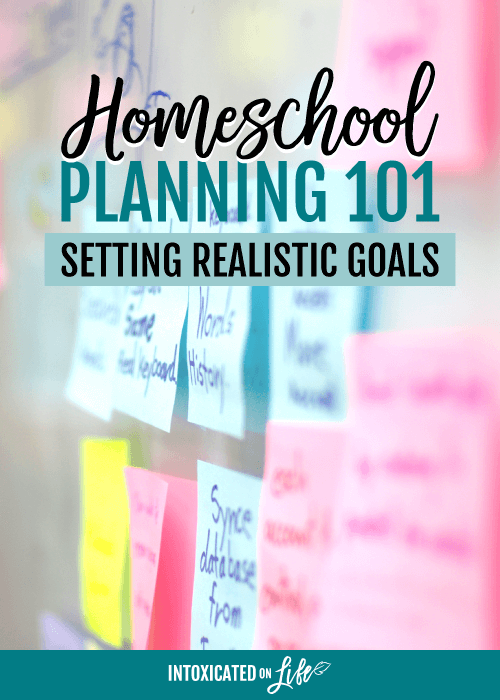
If you approach planning for the year with a sense of doubt and dread, maybe it’s because you have a looming sense of fear that you aren’t planning things out the right way and you’ll somehow screw your child’s education up forever, or maybe you’re filled with boredom as you sift through everything.
Or maybe you’re a mom like me. We love to plan the school year. Nothing is quite as delightful as a spreadsheet of well-thought school subjects and stacks of freshly purchased books on the shelf (ahhh…love that new book smell!).
But just how ambitious should we be when it comes to our child’s education? As with a lot of things in life: balance is needed.
Before You Begin…
Before you get started, find a place to write your thoughts down: a journal for homeschool ideas, a file on your computer, a note on your phone—anywhere convenient for you.
When we just think about things (and continue stewing over them) it causes stress. It’s kind of like we repeatedly perform that action in our heads, when all we are doing is pondering “it” without actually doing anything.
Getting your thoughts on paper (or a screen) will not only ease your stress but will free up brain space to get stuff done and enjoy life.
And if you’re anything like me, we are forgetful people! So writing things down is a must. It will help us remember all those important epiphanies.
Step 1: Pray for Wisdom
At the risk of sounding cliche, the first and best place to start is on our knees.
Ask God for a generous dose of wisdom as you start your homeschool plans—believing He is eager to give it (James 1:5).
As you prayerfully approach our homeschooling goals, be aware of how God typically provides wisdom…
- We receive wisdom best when our hearts are worshipful—when we have a proper fear and reverence for God (Prov. 9:10).
- Wisdom is found as we internalize the Word of God (Psalm 19:7).
- Wisdom is found as we think about the big picture—not just what we think our kids need in the moment but what is important for eternity (Psalm 90:12).
- Wisdom is found by listening to those who are wise (Prov. 12:15; 19:20).
As you ask for wisdom, believe God will give you wisdom as you seek out the best educational advice—always interpreting what you hear and read through the lens of what God calls right and good.
Step 2: Consider Your Educational Approach
There are many different approaches to educating at home parents use…
- Classical
- Unit Studies
- Charlotte Mason
- Montessori
- Curriculum-based programs (aka Abeka, Bob Jones)
- Public school at home
- or you can choose an eclectic mix of different methods and approaches.
Don’t let this list overwhelm you. Think through how other parents have approached education in the home, and what’s the best fit for you and your kids.
Each approach has it’s own strengths and weaknesses. We are lucky live during a time when you can find copious resources as a homeschooler to help you along with any of these approaches.
Depending on what works the best with you and your kids personalities, will have an impact on how you’ll approach education.
Step 3: Budget (but don’t lock yourself in)
I’ve seen some mothers bounce to the next best thing every year, looking for THE curriculum solution. This is a great way to spend gobs of money. I suppose if you have lots of extra money, more power to ya!
But most of us in the real world have to live on a budget.
It’s always good to start the year knowing your school budget. If you start early with your shopping, you can often catch deals and specials through the Spring and Summer months.
While you need to have a budget, sometimes you’ll find when you get several months into the school year, something just isn’t working. Maybe you’re reusing a curriculum with your second-born that worked great with your first-born, but is now causing daily tears (yup, been there, done that).
Don’t be afraid to ditch curriculum that just isn’t working and look for something new. Leave yourself some flexibility with your budget for later in the year, if you need to make changes.
Step 4: List Your Long-term Goals
The time before the school year begins is an excellent time to assess my big goals.
We homeschool, not just to focus on reading, writing, and arithmetic, but so we can help our kiddos to develop into well rounded individuals. What kind of person do I want my child to be by the time they leave the home?
- What do I want their character to be like?
- What social graces do I want them to have?
- What life skills do I want them to have?
- What are the marks of personal maturity?
- What do I want them to appreciate?
- Do I want them to have a trade skill?
- What basic learning and communicating skills do I want them to have?
Check out this habits list for a slew of great ideas that will help your children become productive adults. Don’t let the list overwhelm you! Use it as inspiration and create a simplified version of goals in your notebook.
Ultimately it’s important to remember…
We’re not raising children, but adults
Step 5: List Your Short-Term Goals
It’s easy to feel overwhelmed looking at those long-term goals.
But don’t (I know, I know…easier said than done).
Step back, and make short-term goals based on your long term goals and where your child’s at right now.
A few examples:
If you want your kiddos to learn a life-skill like budgeting, you might choose to take a month teaching them what the Bible says about stewardship, followed by a month teaching about spending, saving, and giving. Then, maybe you’ll make list of age-appropriate books to read over the year about budgeting concepts.
If you want your kids to work on a character trait like kindness, you might choose to have them do copywork (handwriting practice) using Scripture passages related to kindness, memorizing the verses as they go. Throughout the school year you may choose to do a short weekly Bible discussion with them about kindness.
If you want your children to be good at math, you might break down the specific math books they will use from year to year, focusing specifically on what you want them to learn this year.
Maybe you want your 9th grader to complete that Algebra textbook this year. But if you have a 7 year old you’ll have completely different goals!
That may sound obvious, but sometimes we lose track of that in less obvious goals. Having a sense of what a realistic short-term goal for your child right now, is so important.
The main point is looking at your school year in light of the long-term goals with a sense of what’s feasible for your child at their developmental level.
In Summary…
This article has been all about “big picture” stuff: approaching education prayerfully; thinking of your philosophy and approach to education; setting a budget; and thinking of long-term goals.
Why is the big picture important? Because it helps us to make sense of the day-to-day grind of homeschooling. When we know the long-term goals, we are filled with a sense of real purpose for each and every learning activity our kids do.

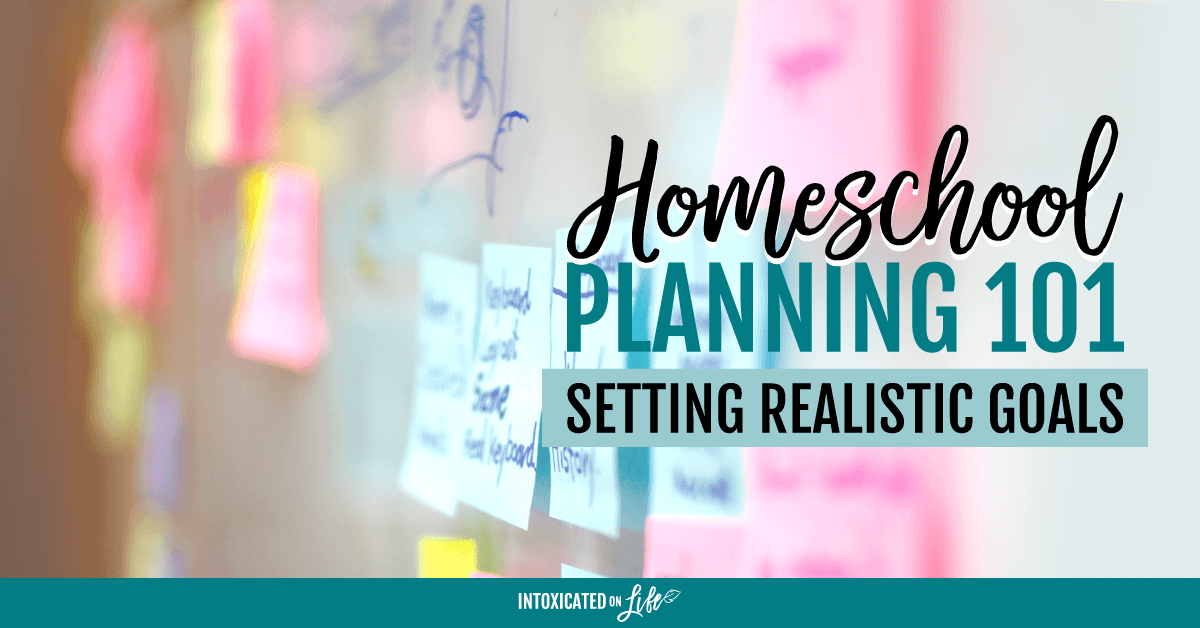

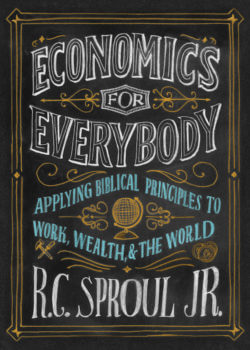


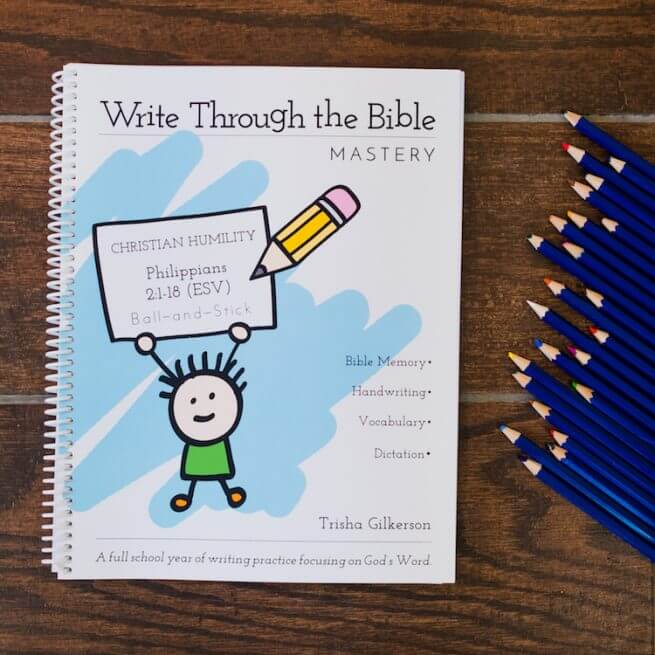
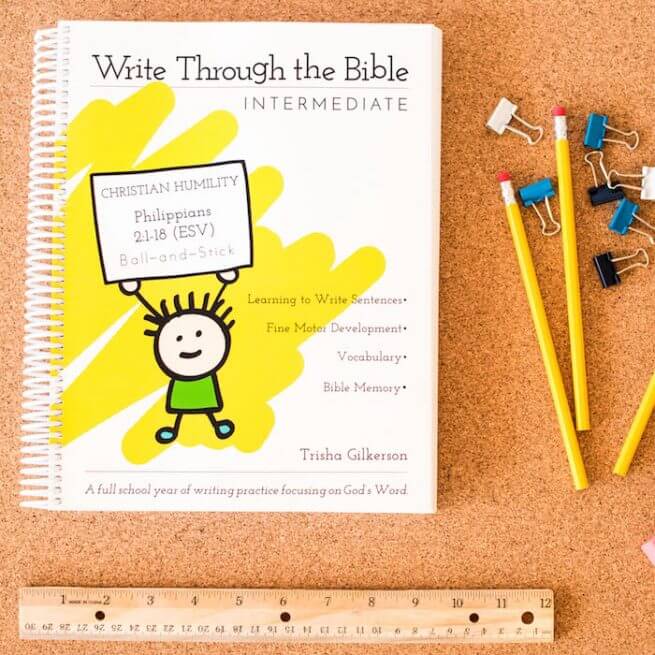
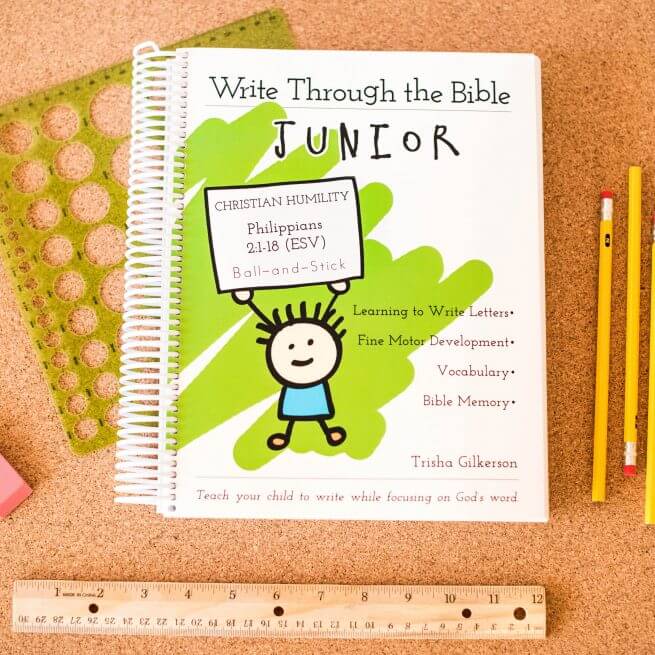


Leave a Comment